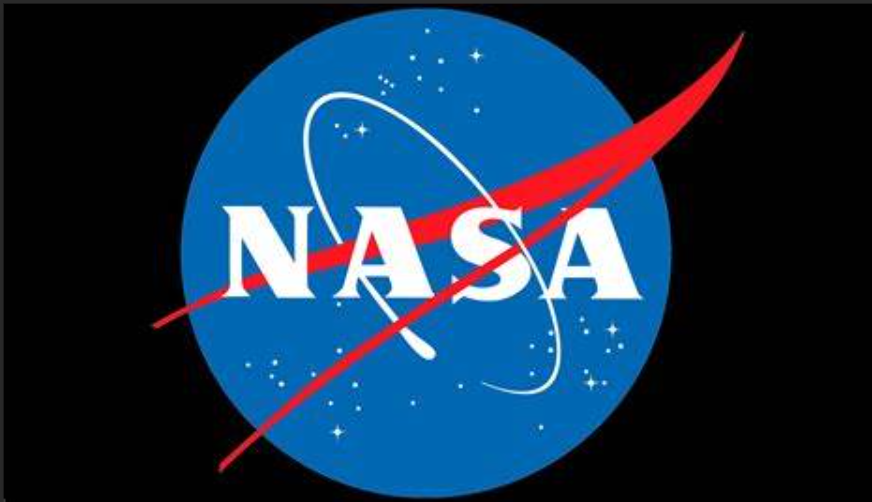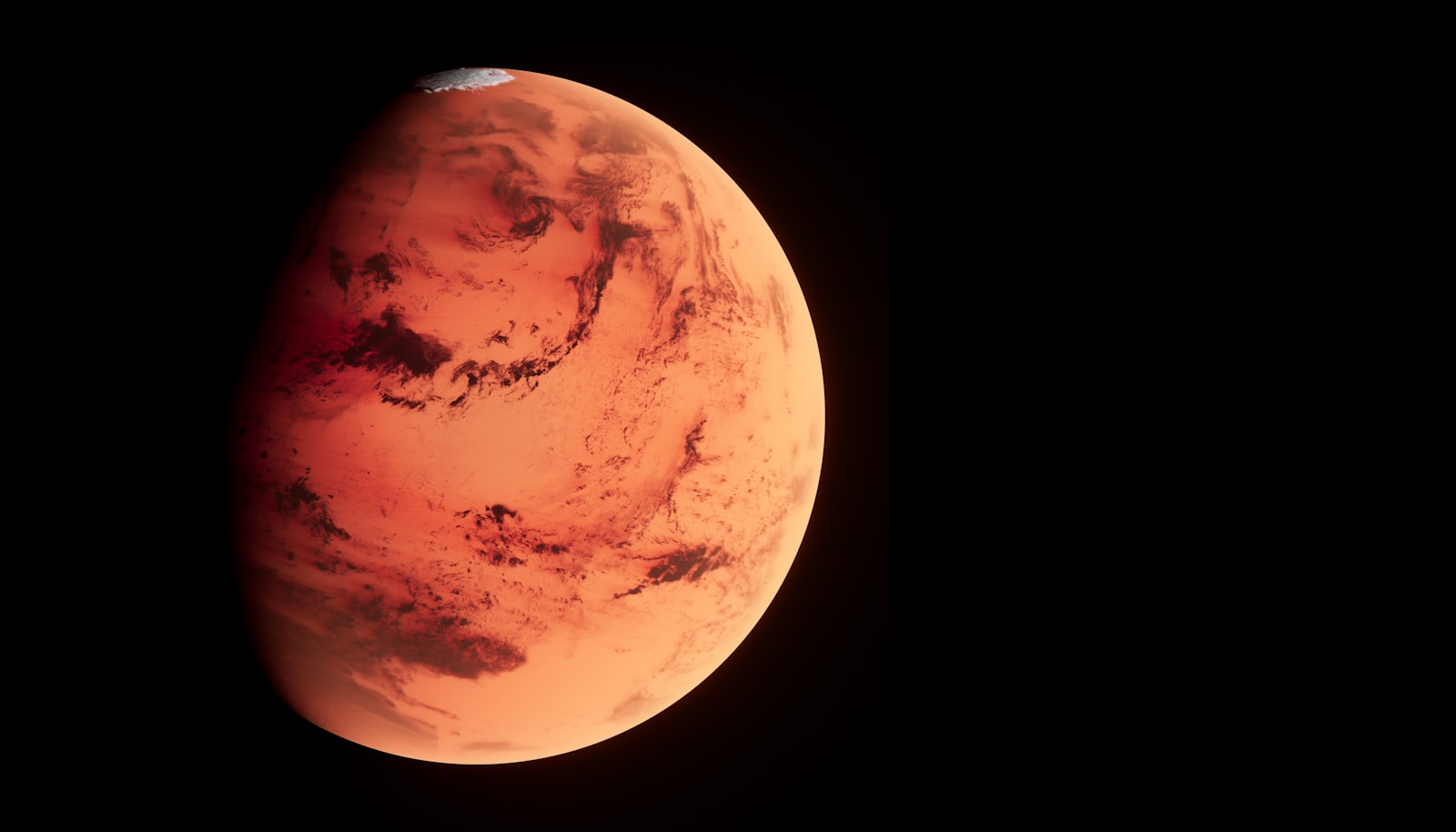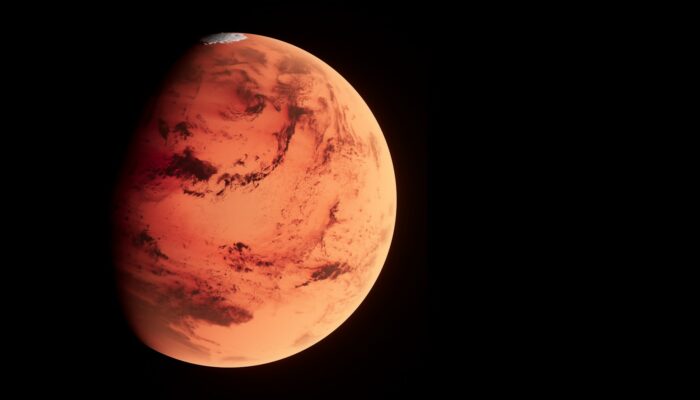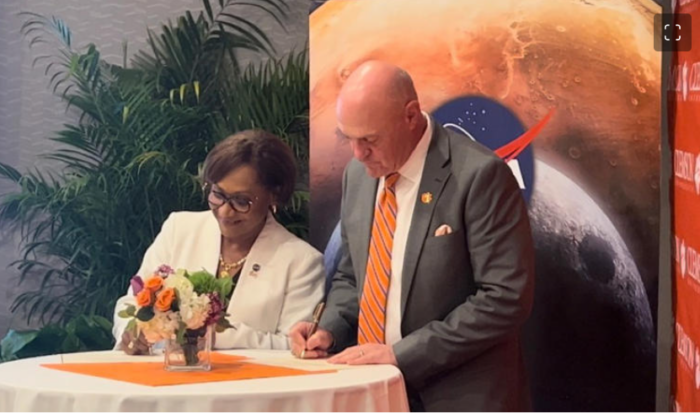A prestigious accolade was bestowed upon a Maltese student for her groundbreaking conceptual space mission, which seeks to ascertain the potential for extraterrestrial life on planets beyond our solar system.
Maria Aquilina, a research support officer at the University of Malta, participated in the European Space Agency (ESA) and the Austrian Research Promotion Agency’s annual summer school held in Austria. During this event, she meticulously devised a strategy aimed at discerning the habitability of distant planets.
“It’s like detective work. You are searching for a needle in a cosmic haystack,” said Aquilina on the mission proposal, which had to be formulated in a tight timeframe of less than two weeks.
Much like crafting a scientific research paper, the team — comprising 14 fellow European scientists, mathematicians and engineers — confronted the challenge of identifying unexplored avenues head-on.
Following a period of brainstorming and deliberation, the team ultimately decided upon their mission, naming it “Exposure.” This mission’s objective was to assess a planet’s potential habitability by analyzing trace chemicals present in its atmosphere.
In July, Aquilina participated in an intensive and competitive 11-day summer school that brought together 60 participants from various European countries. The program divided the attendees into four teams, each tasked with developing their unique space mission concept.
This marked a significant milestone for Malta as it made its debut at the annual ESA Alpbach Summer School, with financial support provided by the Malta Council for Science and Technology.
The primary focus of the course was exoplanets, those celestial bodies found beyond our Solar System. Participants delved into the study of these extraterrestrial entities during daytime sessions, while their evenings were dedicated to collaborative research and mission planning. The emphasis of the work was largely on the likelihood of discovering indicators of life rather than life’s direct presence.
“For example, trace compounds possibly left behind by living things,” said Aquilina.
Given that Proxima Centauri b, the nearest exoplanet to Earth, is located more than 4.2 light years away, Aquilina and her team had to devise a method to analyze these extraterrestrial atmospheres.
“You can’t see exoplanets, so how do you detect them? You launch a great big eye in the sky.” she went on.
The conceptual mission entailed sending a telescope into space to observe the remote planets.
Aquilina contended that the satellite would have the capability to capture and analyze the levels of ultraviolet (UV) light present in the atmospheres of exoplanets. Such observations could potentially unveil evidence of specific chemical reactions that might play a crucial role in the emergence of life.
Given the abundance of exoplanets available for study, the team decided to focus their efforts exclusively on planets situated within habitable zones. These are regions where liquid water can exist, an essential component for carbon-based life forms.
Even though the mission was purely theoretical, all reports and research adhered to industry standards. The culmination of their efforts culminated in a final hour-long presentation delivered before a panel of astronomical experts.
“These people would literally grill you,” said Aquilina, referring to the jury members who dissected various aspects of the mission to assess its feasibility.
In Aquilina’s situation, the jury placed significant emphasis on the substantial budget allocation for the mission, totalling approximately €1.6 billion (US $1.71 billion). Aquilina found herself in the position of defending this expenditure, having to elucidate why such a cost would serve the greater interests of humanity.
Given the extensive array of technology and systems required for the telescope’s launch into space and its subsequent maintenance in orbit, Aquilina assumed the responsibility of countering the jury’s probing questions and articulating the mission’s significance. She needed to convey the mission’s importance, particularly considering that the funding would ultimately derive from taxpayers’ contributions.
“Some people say this is a waste of money. They say that we should invest the money in health, but health takes a lot from the space industry,” she said, adding that historical instance of dialysis machines, initially designed for blood filtration, were initially employed as water filtration systems on the International Space Station (ISS).
Throughout the program, Aquilina had the opportunity to meet and gain insights from seasoned industry professionals, including Austrian physician Carmen Possnig, who was chosen as a backup astronaut by the ESA in 2022.
The course makes you appreciate the cooperative effort required for a mission to succeed,” said Aquilina, highlighting the necessity for international cooperation in such efforts.
This story has been adapted from an article in Times Malta
Featured image: Maria Aquilina (centre row, fourth from right) together with her team after being presented with the trophy for best mission presentation. Photo: Viktoria Kutnohorsky
Share this article:








